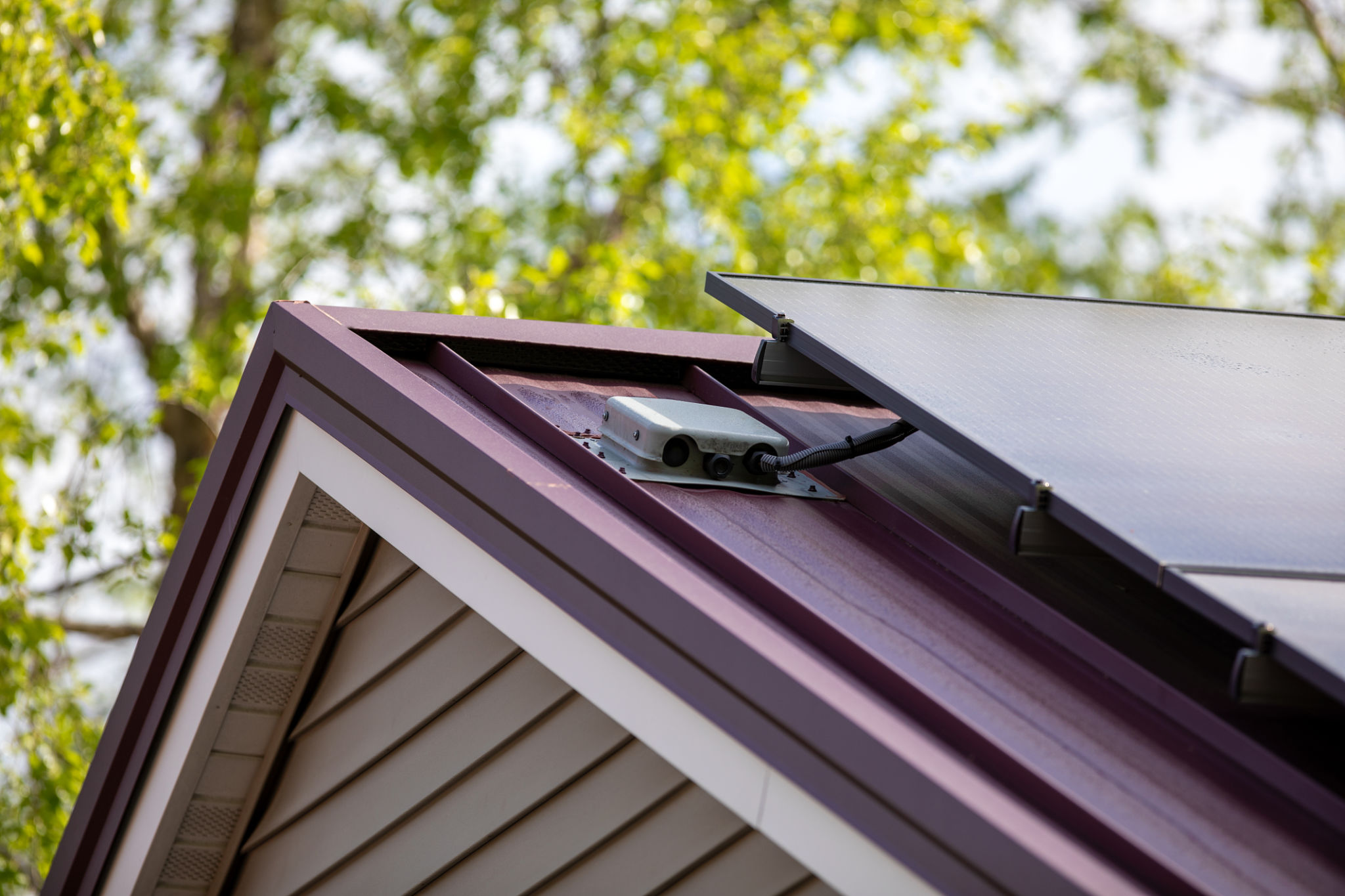Comparing Eco-Friendly Building Solutions: What Works Best in South Florida?
Understanding Eco-Friendly Building Solutions
As the world shifts towards more sustainable practices, eco-friendly building solutions have become a focal point for construction projects. In South Florida, where environmental concerns blend with unique climate challenges, choosing the right sustainable materials and techniques is crucial. This blog post explores various eco-friendly building options and evaluates their effectiveness in the South Florida context.

Green Roofs: A Natural Insulator
Green roofs, or living roofs, are a popular eco-friendly building solution that involves growing vegetation on rooftops. This method offers several benefits, such as improved insulation, reduced energy costs, and enhanced biodiversity. In South Florida, where temperatures often soar, green roofs can significantly lower cooling needs by providing a natural insulator against heat.
Additionally, these roofs can help manage stormwater runoff, a significant issue in this region due to frequent heavy rains. By absorbing rainfall, green roofs reduce the burden on drainage systems and minimize flooding risks. However, implementing green roofs requires careful planning and maintenance to ensure they thrive in the humid Florida climate.
Sustainable Building Materials
Using sustainable building materials is another effective strategy for eco-friendly construction. Materials like bamboo, reclaimed wood, and recycled steel are increasingly popular choices among builders. Bamboo, in particular, is favored for its rapid growth and minimal environmental impact. Its strength and versatility make it an excellent option for various construction needs.

Reclaimed wood offers a unique aesthetic appeal while contributing to sustainability by reusing existing resources. Recycled steel is another durable option that reduces the need for mining new materials, thus decreasing environmental harm. These materials not only minimize carbon footprints but also enhance the durability and longevity of buildings in South Florida's coastal climate.
Solar Panels: Harnessing the Sun's Power
Solar panels are a highly effective way to harness renewable energy in sunny South Florida. By converting sunlight into electricity, solar panels can significantly reduce reliance on non-renewable energy sources and lower utility bills. For homeowners and businesses alike, investing in solar technology can lead to substantial long-term savings.

The region's abundant sunshine makes it an ideal location for solar energy solutions. Moreover, state incentives and federal tax credits further encourage the adoption of solar panels. While initial installation costs can be high, the return on investment through energy savings and potential increases in property value make solar panels a compelling choice.
Rainwater Harvesting Systems
Rainwater harvesting systems are another eco-friendly solution that aligns well with South Florida's weather patterns. These systems collect and store rainwater for non-potable uses such as irrigation and flushing toilets. By reducing the demand for municipal water supplies, rainwater harvesting systems contribute to water conservation efforts.
Implementing these systems is relatively straightforward and can be customized to meet various needs. In areas prone to droughts or water restrictions, rainwater harvesting provides a reliable alternative water source while promoting sustainable living practices.
Conclusion: Choosing the Right Solution
When comparing eco-friendly building solutions in South Florida, it's vital to consider local climate conditions and specific project goals. While all these options offer environmental benefits, their effectiveness can vary based on implementation and location-specific factors.

Ultimately, the best approach may involve a combination of solutions tailored to meet individual needs and maximize sustainability. By embracing these eco-friendly practices, South Florida can lead the way in creating a greener future for its residents and environment.